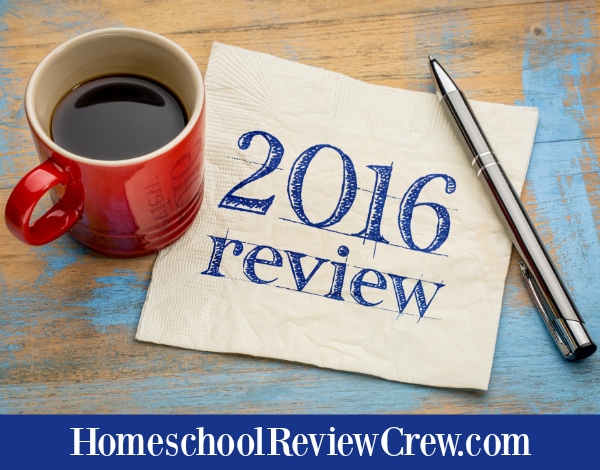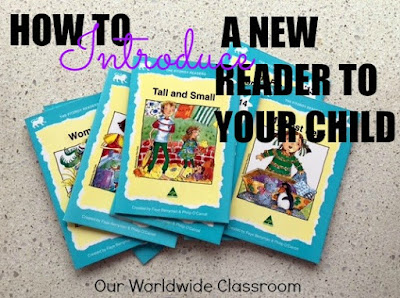Yet all I can do is sit and stare. Wonder how on earth I reflect on such a year. How does one do that? Look back and reflect on a year filled with so much loss, so much sadness, so much death, so much grief within me.
If I'm honest with myself I have been reflecting on this year every single day for the past four or so months but now that it comes time to actually write something, to put these reflections into words I'm at a loss. So I'll just let my fingers do the talking and see where it takes me.
I remember many years ago learning about pivotal moments in our lives. Those big times when things happen to us, times that change us. We are stretched, turned upside, poked and prodded and often wrung out to dry. Those moments, that when living through them, you wonder how you will ever come out the other side.
They're the pivotal moments, they're the ones that have made us who we are today. The moments of tremendous change, moments were we can never go back to the way we were before. Looking back this entire year has been one huge pivotal moment in time for my life. It will always remain that year that I was experiencing the 'worst year of my life'.
However now that I can sit here having come through the wringer and am out on the other side I can see glimpses of the positive that has come from this years experiences. Even the worst of them.
Don't get me wrong I am so utterly, deeply saddened with the loss that I've experienced this year but each day now does come a little easier. The fog is less thick, the tears are lighter. Although they still fall frequently, they are a more gentle, more peaceful release of grief that I know needs to flow for as long as it is inside me.
Thinking about my friend, my confidant, my homeschool partner in crime is still very painful. The participation of being there watching her little by little die before my eyes, and having absolutely zero control over any of it was an excruciating experience to say the least. Although one I was so honoured to be a part of. For quite some time during those moments in her last few months I was frantic, unknowingly at the time hoping that every little thing I did, every little thing I could control or at least tried to control would save her but in the end all I could do was surrender to the understanding that I had zero control over any of it.
None of us have any real control over the vast majority of things that happen to us and around us and yet we spend our lives as if we do.
The only thing we have control over is how we react to these situations, these completely out of control moments, where we feel the world and life itself is senseless.
And so as I reflect and search from the positives in the situation 'letting go of control' has to play the prominent role here.
Whilst I didn't write about my Father's sudden and unexpected passing that occurred the morning following my friends funeral, here on the blog, it literally turned my entire existence upside down. And in reality I'm still not in a place where I can articulate all that I am feeling from not only losing my dad, but losing him so suddenly and during a time that I was already experiencing so much grief.
I can only share the poem I wrote not long after he passed.
Grief
Punched in the face
Wound pouring with
blood
Throbbing, writhing,
pain
A machine spin cycle
Locked inside, no
escape
Spinning, whirring,
pain
Pounding waves
Flinging you from the
cliff
Falling, screaming,
pain
A raging giant
Angry at the world
Slamming, throwing,
pain
Inferno’s heat
A never ending
burning
Blistering, searing,
pain
An unfathomable well
Crawling, but with no
escape
Gloomy, weeping pain
No peace
No quiet
No stillness
Pain
Complicated overwhelming
pain
That pretty much sums it all up and at times even four months on it is still where I am at. But that's ok, grief is a personal process with no timeline and no real ending. It is and always will be different for everyone.
Just three short months after the passing of my friend our family also lost my husbands Grandfather. To say that my children have experienced their fair share of life's blows this past year is an understatement.
Three funerals for three people that they all loved and shared a great deal of time with, in the exact same funeral house within three months. They are certainly well and truly versed in the meaning of death, watching death, trying to cope with death and in the ins and outs of the events that occur following a death.
It's been tough for them but at the same time I do choose to see how resilient they are, how much they have all grown from the experiences of this year and the way in which they have handled themselves throughout all of this. Children certainly have this amazing ability to help us see that even through the darkest of times life really does go on.
Life is a wonderful, precious gift and so many of us waste it. It is the rarest of gems and we must love it, we must nurture it and we must allow it flourish within us and in those that are around us.
I feel that I could and probably need to write more but I've been working on this post for over two weeks now and can never get through to the end without breaking down and so I'm going to finish this one off by saying that never in my life have I been happier for a new year to begin!!
See you on the other side! Wishing you all a very Happy New Year!
Kylie x

To see more 2016 year in review posts simply click on the image above.




























